Time To Visit The Gardens And Library...

The Walk Begins

Our cameras were busy


The sky was clear and the temperature 86

The walls are so thick that it is always cool inside

Hummingbirds everywhere
Did You Know? - Callistemon is a genus of 34 species of shrubs in the family Myrtaceae, all of which are endemic to Australia. It is sometimes considered a synonym of Melaleuca, and four Callistemon species from New Caledonia were moved to that genus by Lyndley Craven and John Dawson in 1998.
Callistemon species are commonly referred to as bottlebrushes because of their cylindrical, brush like flowers resembling a traditional bottle brush.
They are found in the more temperate regions of Australia, mostly along the east coast and south-west, and typically favour moist conditions so when planted in gardens thrive on regular watering.
However, at least some of the species are drought-resistant. Several species are used in ornamental landscaping elsewhere in the world.


All the vegetation was in full bloom
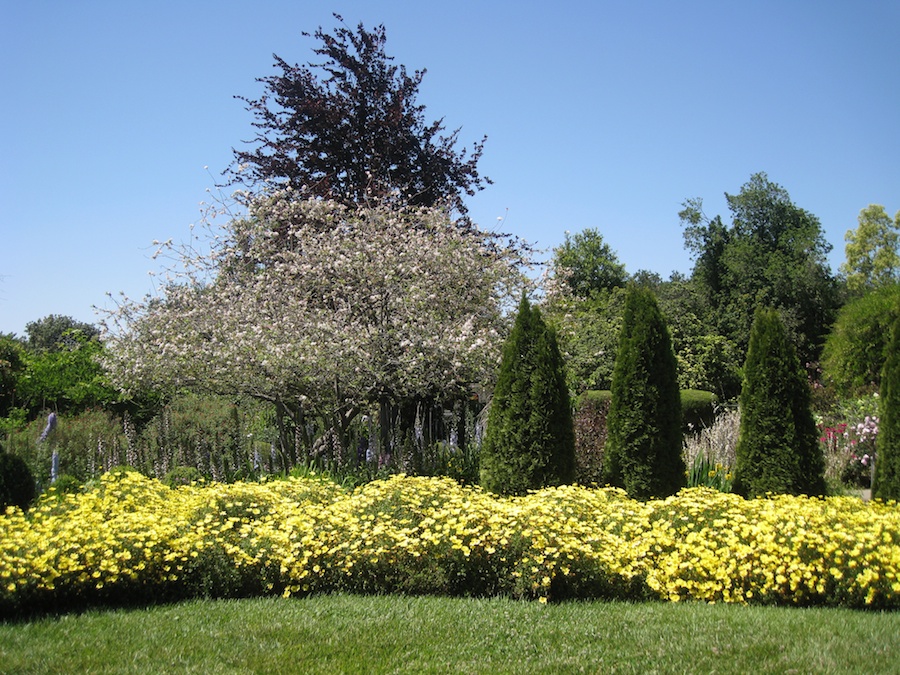
Talk about yellow.... Wow!

Wait for me.... Here I come

A Tender Moment In The Garden by Federico Andreotti


Simply beautiful...

On our way to the Rose Room for tea

The walls were insulated with greenery

Talk about bright red.... This would put a fire engine to shame

Pat... Do NOT pick the flowers

We were stuffed with scones, tea sandwiches, salads and tookies....
Oh... and champagne
Did You Know? - Tea is an aromatic beverage commonly prepared by pouring hot or boiling water over cured leaves of the tea plant, Camellia sinensis. After water, tea is the most widely consumed beverage in the world. It has a cooling, slightly bitter, and astringent flavour that many people enjoy.
Tea originated in China as a medicinal drink. It was first introduced to Portuguese priests and merchants in China during the 16th century. Drinking tea became popular in Britain during the 17th century. The British introduced it to India, in order to compete with the Chinese monopoly on the product.
Tea has long been promoted for having a variety of positive health benefits. Recent studies suggest that green tea may help reduce the risk of cardiovascular disease and some forms of cancer, promote oral health, reduce blood pressure, help with weight control, improve antibacterial and antivirasic activity, provide protection from solar ultraviolet light,[9] and increase bone mineral density.

To the "Kitchen Garden"

The orange tree was "loaded"
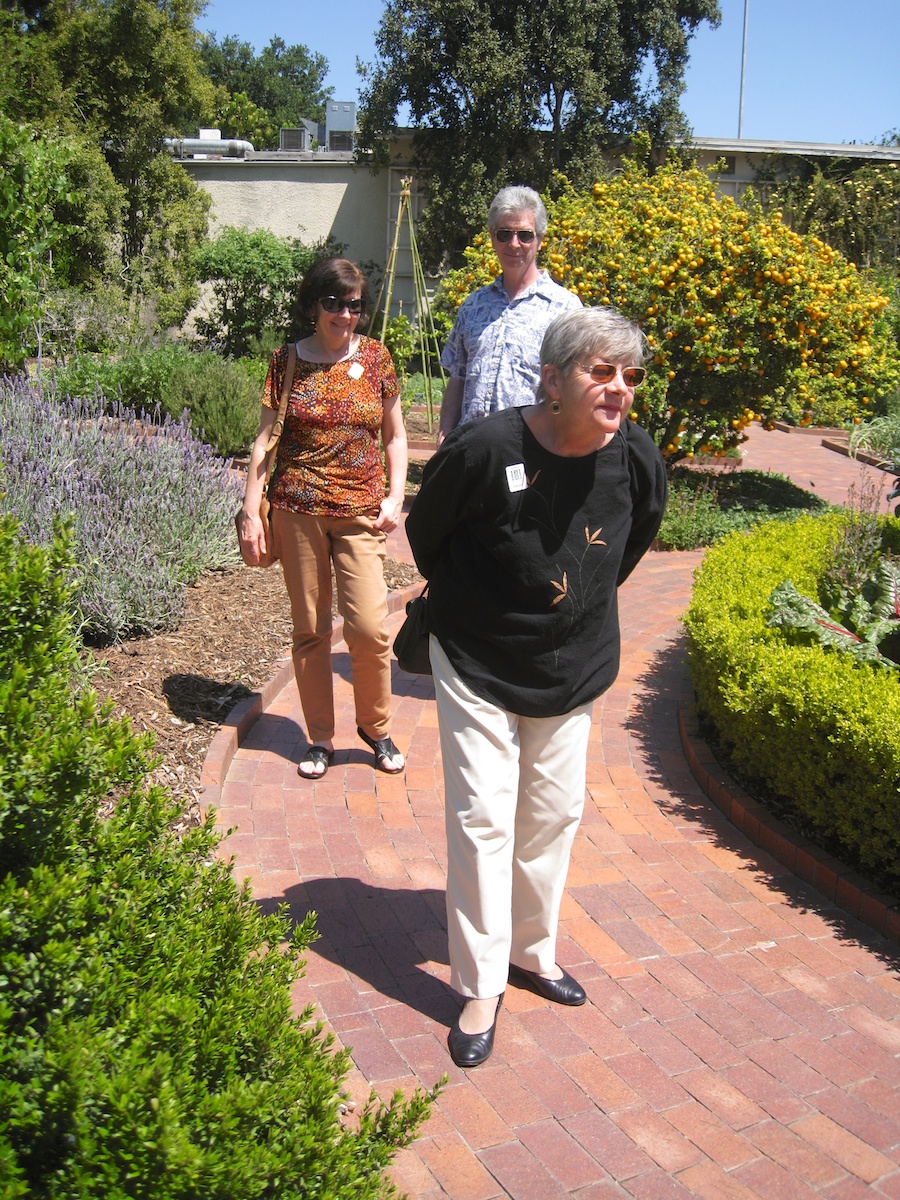
Everything in the garden is edible or used in the kitchen


Every color under the rainbow
Did You Know? - Although roses have been selected and grown in China for over 1,000 years, the forerunner of the rose garden as we know it today was planted by empress Jos?phine de Beauharnais at Malmaison, France in the years between 1799-1814.
Jos?phine imported both leading gardening talent and scores of roses, financing many plant collecting trips. At her death in 1814, the garden included more than 250 varieties of rose. It is said that her plant hunters also introduced some 200 other plants to France, among them the dahlia.

Blue, white and red... Almost patriotic

The rose was a "Fireworks"

The arbor has just been redone... Looking good

The smell of the roses saturated the area

"Stand still Pat"
Did You Know? - In 1986 it was named the floral emblem of the United States, and it is the provincial flower of Alberta (the wild rose) in Canada. It is the state flower of four US states: Iowa and North Dakota (R. arkansana), Georgia (R. laevigata), and New York (Rosa generally).
Portland, Oregon counts "City of Roses" among its nicknames, and holds an annual Rose Festival, as does Pasadena, California, holding the Tournament of Roses Parade since 1890 in conjunction with the Rose Bowl since 1902.
In April 2011, the United States government space program agency National Aeronautics and Space Administration celebrated its 21st anniversary by releasing an image of spiral galaxies positioned in a rose-like shape.[

Pink...

Did You Know? - Pink is a pale red color, which takes its name from the flower of the same name. According to surveys in Europe and the United States, pink, especially when combined with white or pale blue, is the color most commonly associated with femininity, sensitivity, tenderness, childhood, and the romantic. However, when combined with violet or black, it is associated with eroticism and seduction.
Pink was first used as a color name in the late 17th century.


The geese were enjoying the water

"Geese... Did you say Geese??"

They were not fishing....

Koi and Coin Fish

"See what I can do on one leg?"

Preening....
Did You Know? - Individual animals regularly clean themselves and put their fur, feathers or other skin coverings in good order. This activity is known as personal grooming, a form of hygiene.
Extracting foreign objects such as insects, leaves, dirt, twigs and parasites, are all forms of grooming. Among animals, birds spend considerable time preening their feathers. This is done to remove ectoparasites, keep them in good aerodynamic condition, and waterproof them.
To do that, they use the preen oil secreted by the uropygial gland, the dust of down feathers, or other means such as dust-bathing or anting.
During oil spills, animal conservationists that rescue penguins sometimes dress them in knitted sweaters to stop them from preening and thereby ingesting the mineral oil which is poisonous.
Monkeys may also pick out nits from their fur or scratch their rears to keep themselves clean.
Felidae cats are well known for their extensive grooming. One reason advanced for such grooming is to remove all traces of blood and other matter so as to not alert prey with the scent.

Red minature maples were all over

Great day for walking

Green??? Where is the yellow??

Bonsai... A must visit

Careful of the alarm

Tiny bonsai on display

Diane is our resident expert on bonsai


Just ahead


The new buildings are nearing completion

Lilly pads were looking great

Great rock formations

The moon bridges looked great
Did You Know? - A moon bridge is a highly arched pedestrian bridge associated with gardens in China and Japan. The moon bridge originated in China and was later introduced to Japan.
This type of bridge was originally designed to allow pedestrians to cross canals while allowing the passage of barges beneath. When constructed using the climbing ascent and descent this had the further advantage of not using space from the adjoining fields for approaches.
In formal garden design a moon bridge is placed so that it is reflected in still water. The high arch and its reflection form a circle, symbolizing the moon.

Called "Patching Up The Sky"

Very tranquil

A view out the window....

Amazing... The backside of a waterfall

Just us.....

Paul's legs scareds the birds

The new pavillions looked fantastic... The garden is geeting to be huge



Warm and moist inside... We did not stay long!
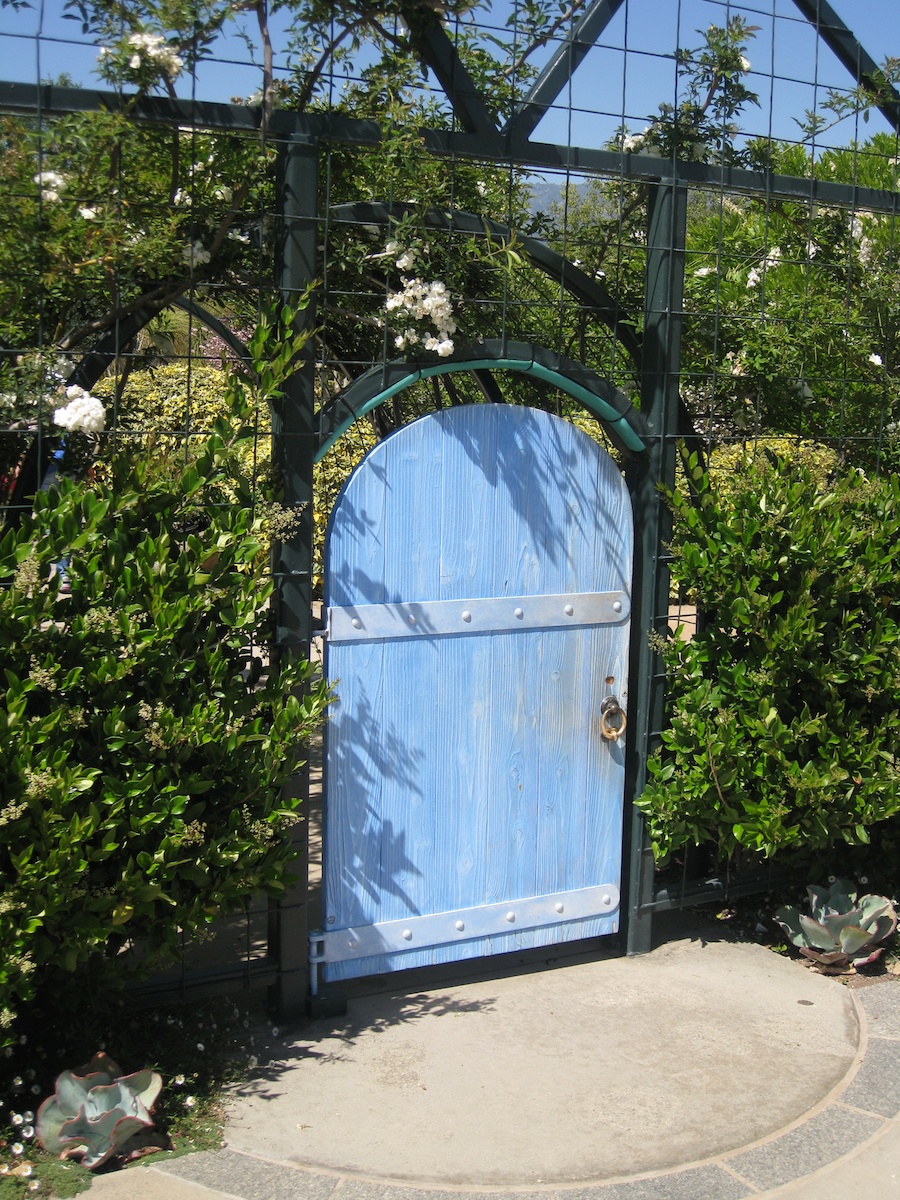
The Blue Door... Childrens Garden

Colors were magnificent

We found Sue's turtle

Here they come....

Pat and Paul could not do it.... Too hard on the back!
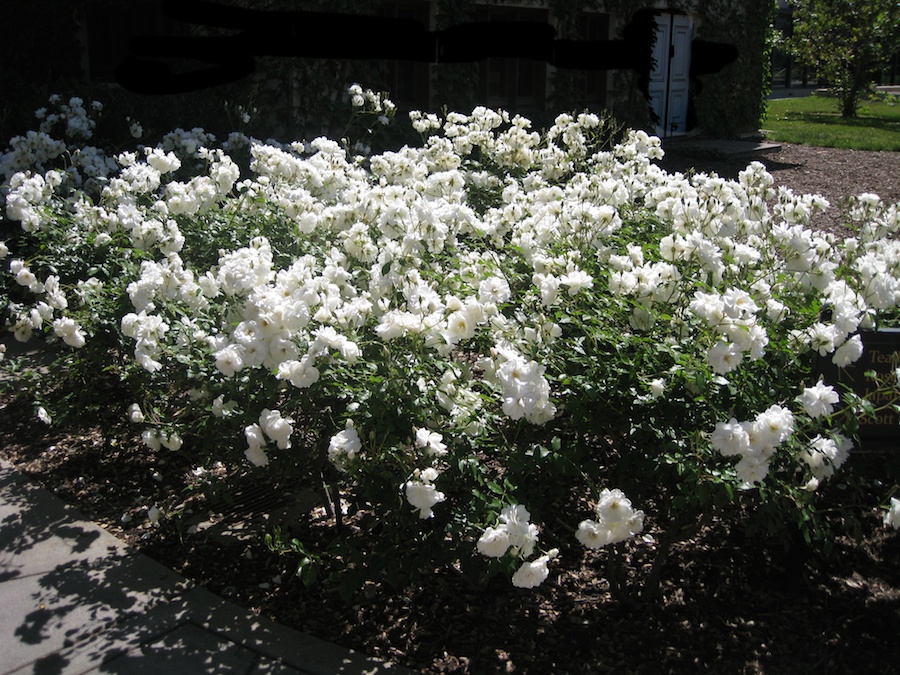
Amazing white roses

Guess who did this art???? First name Andy!

Had to snap the picture.... We had a train themed dance Saturday!

The side entrance

Someone had a tough job cleaning these puppies

Find Pat

Wonder how they were before electric....

They had it tough
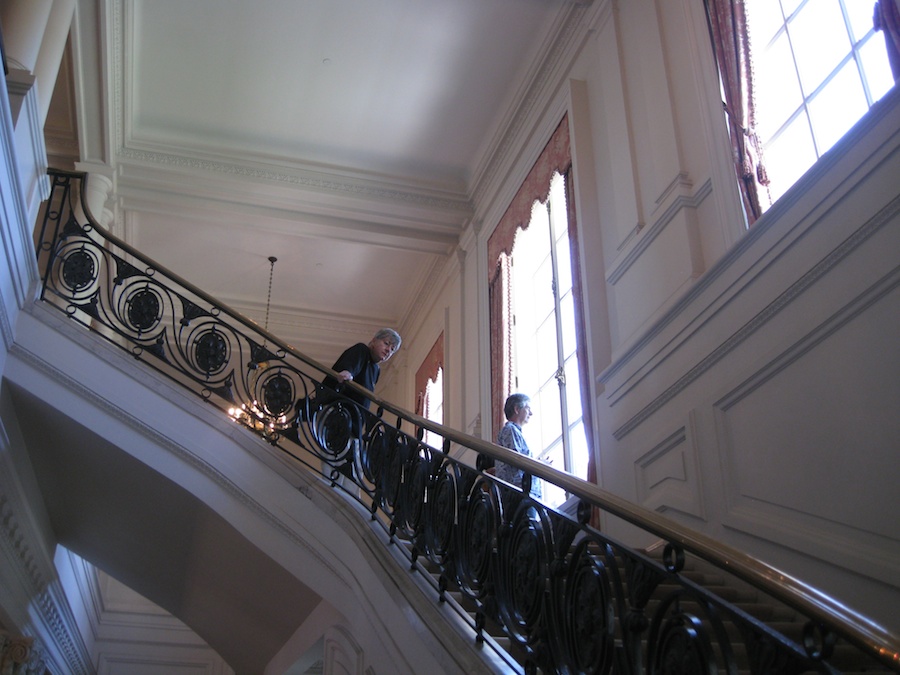
DO NOT slide down the bannister
Back Outside Under The Silk Tree

The pods were in process of exploding....

"Silk" would rain down....

Mother Nature is quite amazing
Did You Know? - The earliest written and safely dated literal references to the term "Mother Earth" occur in Mycenaean Greek ma-ka (transliterated as ma-ga), "Mother Gaia", written in Linear B syllabic script (13th or 12th century BC).
The various myths of nature goddesses such as Inanna/Ishtar (myths and hymns attested on Mesopotamian tablets as early as the 3rd millennium BC) show that the personification of the creative and nurturing sides of Nature as female deities had deep roots.
In Greece, the pre-Socratic philosophers had "invented" nature when they abstracted the entirety of phenomena of the world as singular: physis, and this was inherited by Aristotle.
Later medieval Christian thinkers did not see nature as inclusive of everything, but thought that she had been created by God; her place lay on earth, below the unchanging heavens and moon.
Nature lay somewhere in the centre, with agents above her (angels) and below her (demons and hell). For the medieval mind she was only a personification, not a goddess.
